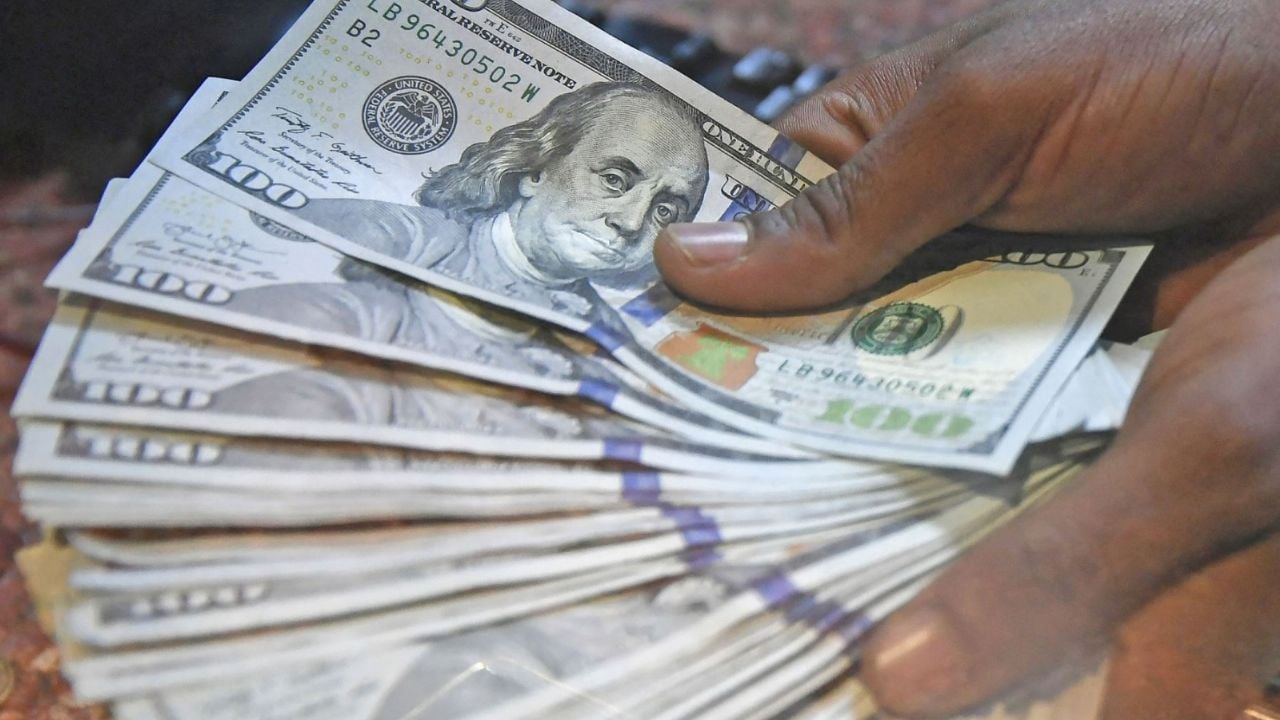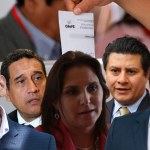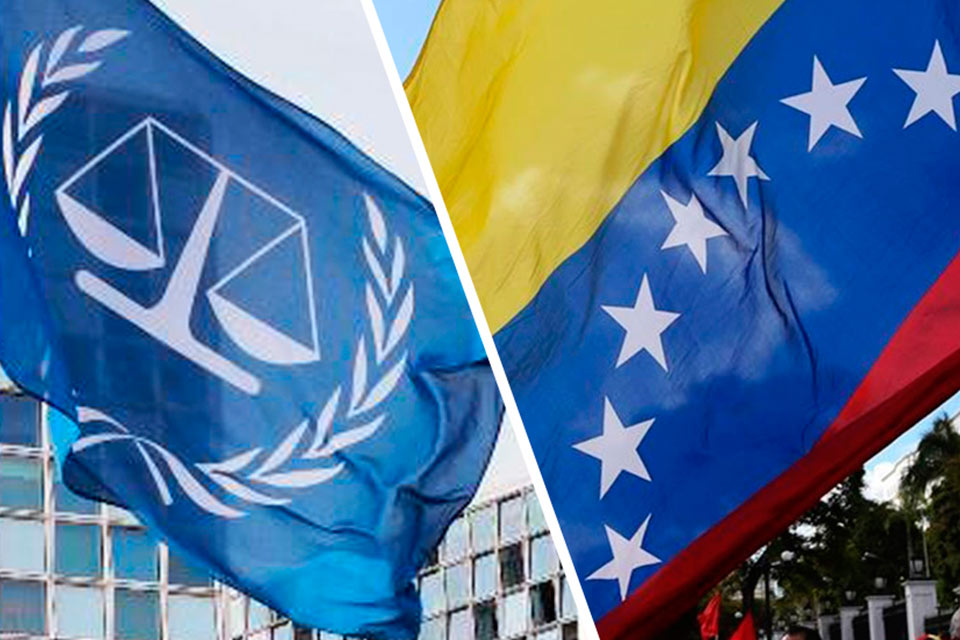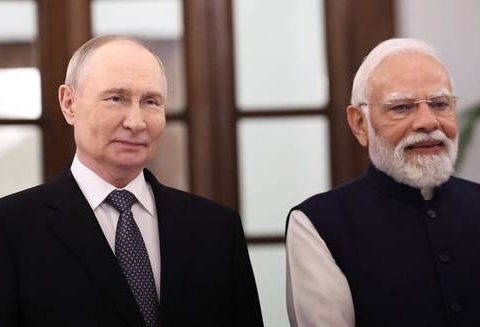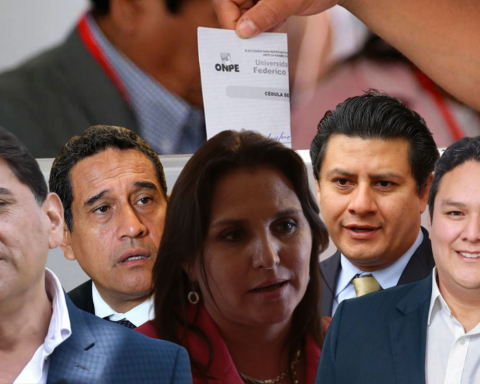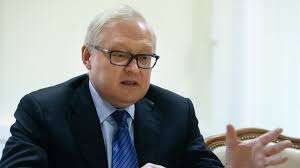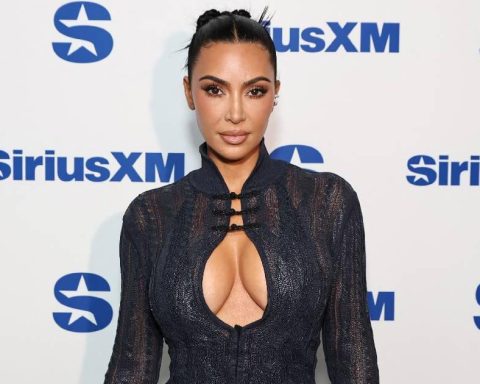The quote of the dollar Last week, the dollar showed significant variations in both the official market and the parallel market, known as the blue dollar. This detailed analysis explores the key figures, the factors that influenced these quotes and the impact on the economy and the daily lives of Argentines.
He dollar The official exchange rate, which is the exchange rate regulated by the Central Bank of the Argentine Republic (BCRA), closed last week at $955.50 for sale and $915.50 for purchase. This rate reflects a slight increase compared to previous days, indicating an upward trend in the official market.
He dollar The official currency is mainly used for regulated commercial and financial transactions, and its price is influenced by the monetary policies of the BCRA. In this context, the Central Bank has implemented various measures to control inflation and stabilise the exchange rate, including interventions in the foreign exchange market and adjustments in interest rates.
On the other hand, the blue dollar, which operates in the parallel market and is not regulated by the BCRA, was quoted at $1,355 for sale and $1,325 for purchase. This price represents a decrease of $20 in the last five days, marking the fourth consecutive week of decline for the blue dollar.

Fountain: Dollar Today
The gap between the dollar official and the blue dollar remains significant, reflecting the tensions and imbalances in the Argentine economy. This Monday, August 12, the blue dollar is quoted at $1,335 for purchase and $1,355 for sale. Meanwhile, the official dollar is quoted at $917.50 for purchase and $957.50 for sale.
He dollar The blue dollar is an important reference for many Argentines seeking to protect their savings from inflation and exchange restrictions. The difference between the official dollar and the dollar blue is also an indicator of market confidence in the economy and government policies.

Quotes
Several factors have influenced the price of dollar in both markets. First, persistent inflation in Argentina remains a major challenge. Despite government efforts to control prices, annual inflation remains at elevated levels, driving demand for dollars as a safe haven.
In addition, expectations about the presidential elections in October 2024 have generated uncertainty in the markets. Investors and citizens are attentive to the candidates’ proposals and their possible impact on the economy. This political uncertainty contributes to exchange rate volatility.
